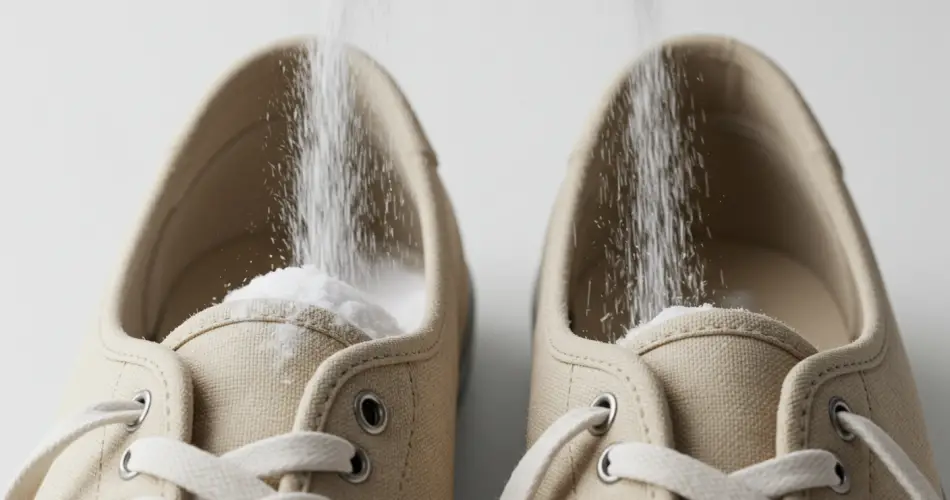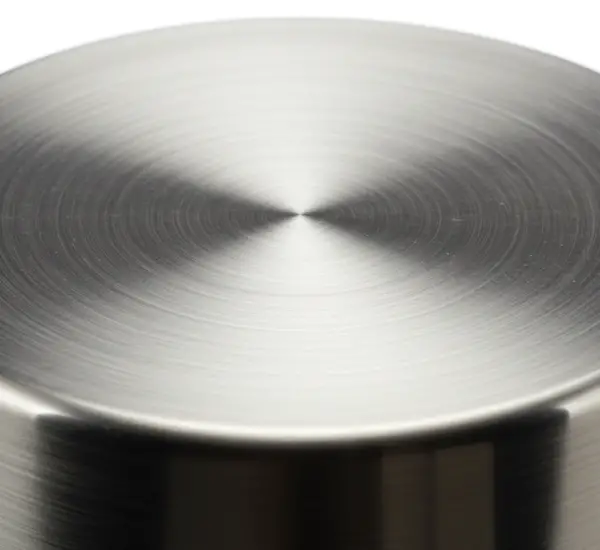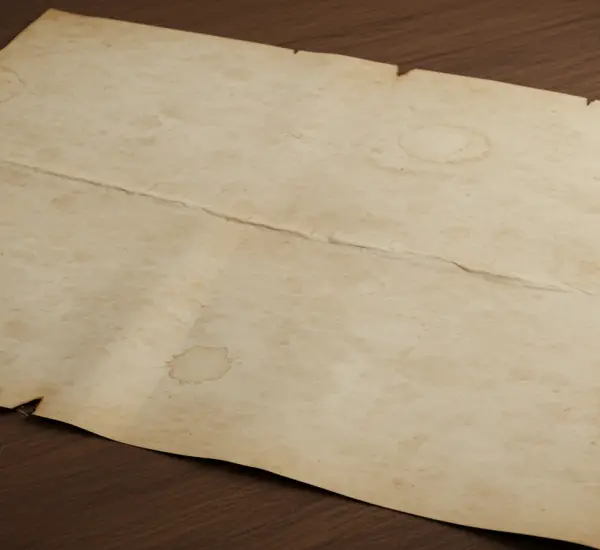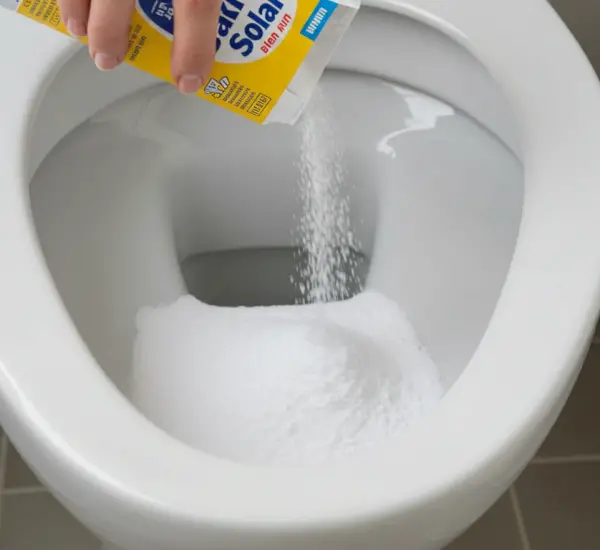Moisture is one of the most frustrating problems when it comes to footwear. Not only does it make shoes uncomfortable to wear, but it also shortens their lifespan and creates an unpleasant environment for your feet. Damp shoes can lead to cold, soggy feet, unpleasant odors, and in the long run, cracks, damage, or even mold inside the shoes.
Fortunately, there are several effective, inexpensive, and natural ways to remove excess moisture from shoes—without the need for expensive products or complicated procedures. With just a handful of simple ingredients that you likely already have at home, you can solve the problem once and for all.
In this guide, we’ll explore the best remedies to get rid of moisture from shoes, prevent odors, and extend the life of your footwear.
Why Moisture in Shoes Is a Problem
When shoes remain damp for too long, they create the perfect environment for bacteria and fungi to thrive. This can cause unpleasant odors, skin irritation, and even infections. Moisture also weakens the materials of the shoes, leading to cracks, deformation, and reduced durability.
Therefore, eliminating excess humidity quickly is essential not only for comfort but also for hygiene and shoe preservation.
Talcum Powder: The Classic Moisture Absorber
One of the easiest and most effective methods to eliminate moisture from shoes is using talcum powder.
Talc works as an excellent absorbent and is often used to keep the skin dry and fresh. When applied to shoes, it draws out excess moisture while leaving behind a pleasant fragrance.
How to use it:
-
Sprinkle a generous handful of talcum powder inside each shoe.
-
Make sure to cover the entire sole and sides.
-
Leave the shoes to rest overnight.
-
In the morning, shake out the powder.
Your shoes will not only be perfectly dry but will also smell fresh and clean.
Cornstarch: The Kitchen Staple That Neutralizes Odors
Cornstarch, a common ingredient in cooking, doubles as a natural shoe dryer and deodorizer. It is highly absorbent and works well for both moisture and bad smells.
How to use it:
-
Sprinkle one tablespoon of cornstarch into each shoe.
-
Leave them overnight in a dry and airy spot.
-
The next day, shake out the excess and wipe with a lightly damp cloth to remove any residue.
This method ensures shoes are dry and odor-free by morning.
Flour: An Unexpected Moisture Fighter
Flour is another household ingredient that can absorb liquids effectively. While it is best known for cooking, it is also excellent at absorbing grease stains and excess dampness from shoes.
How to use it:
-
Sprinkle a thin layer of flour over the insides of the shoes.
-
Leave it for a few hours until the flour has absorbed the moisture.
-
Wipe or shake off the flour and enjoy shoes that feel completely dry.
Other Effective Remedies for Damp Shoes
Aside from the classic powders, there are several other natural solutions you can try:
1. Coarse Salt
Coarse salt is widely used around the home to absorb moisture, especially near windows and glass where condensation tends to form. This same property makes it ideal for drying shoes.
How to use it:
-
Place a handful of coarse salt inside the shoes, focusing on the sole.
-
Let it sit overnight.
-
By morning, the salt will have absorbed the excess humidity and may even appear slightly damp or liquefied.
2. Baking Soda
Baking soda is one of the most versatile natural cleaning agents. Not only does it absorb excess liquid, but it also neutralizes odors caused by bacteria and sweat.
How to use it:
-
Sprinkle a few tablespoons of baking soda inside your shoes.
-
Leave overnight.
-
The next day, shake them out and wipe with a clean cloth.
Your shoes will be dry, odor-free, and ready to wear again.
3. Vinegar
Vinegar is another inexpensive yet powerful solution for fighting shoe moisture and bad smells. Its natural antibacterial properties help eliminate the microbes that cause odor.
How to use it:
-
Dampen a microfiber cloth with water and wring it out well.
-
Add a few drops of white vinegar onto the cloth.
-
Wipe the inside of the shoes carefully, reaching every corner.
-
Place the shoes in a well-ventilated spot to dry completely.
This not only removes moisture but also disinfects the interior.
Preventing Moisture Build-Up in Shoes
While these remedies are excellent for treating damp shoes, prevention is equally important. Here are some tips to keep moisture from becoming a recurring problem:
-
Rotate shoes: Avoid wearing the same pair every day to give them time to air out.
-
Use shoe trees: Wooden shoe trees absorb moisture and help maintain the shape of your shoes.
-
Store shoes properly: Keep them in a dry, ventilated space, never in a damp closet.
-
Wear breathable socks: Natural fabrics like cotton or bamboo reduce sweating and keep feet drier.
Final Thoughts
Moisture inside shoes is more than just an annoyance—it can affect your comfort, health, and the longevity of your footwear. Luckily, you don’t need expensive sprays or gadgets to solve the problem.
From talcum powder to cornstarch, flour, salt, baking soda, and vinegar, there are many natural, affordable options available in every home. With just a handful of these ingredients, you can ensure your shoes stay dry, fresh, and ready to wear at any time.
By adopting these simple remedies and preventive measures, you’ll not only extend the life of your shoes but also keep your feet healthy and comfortable—no matter the season.



